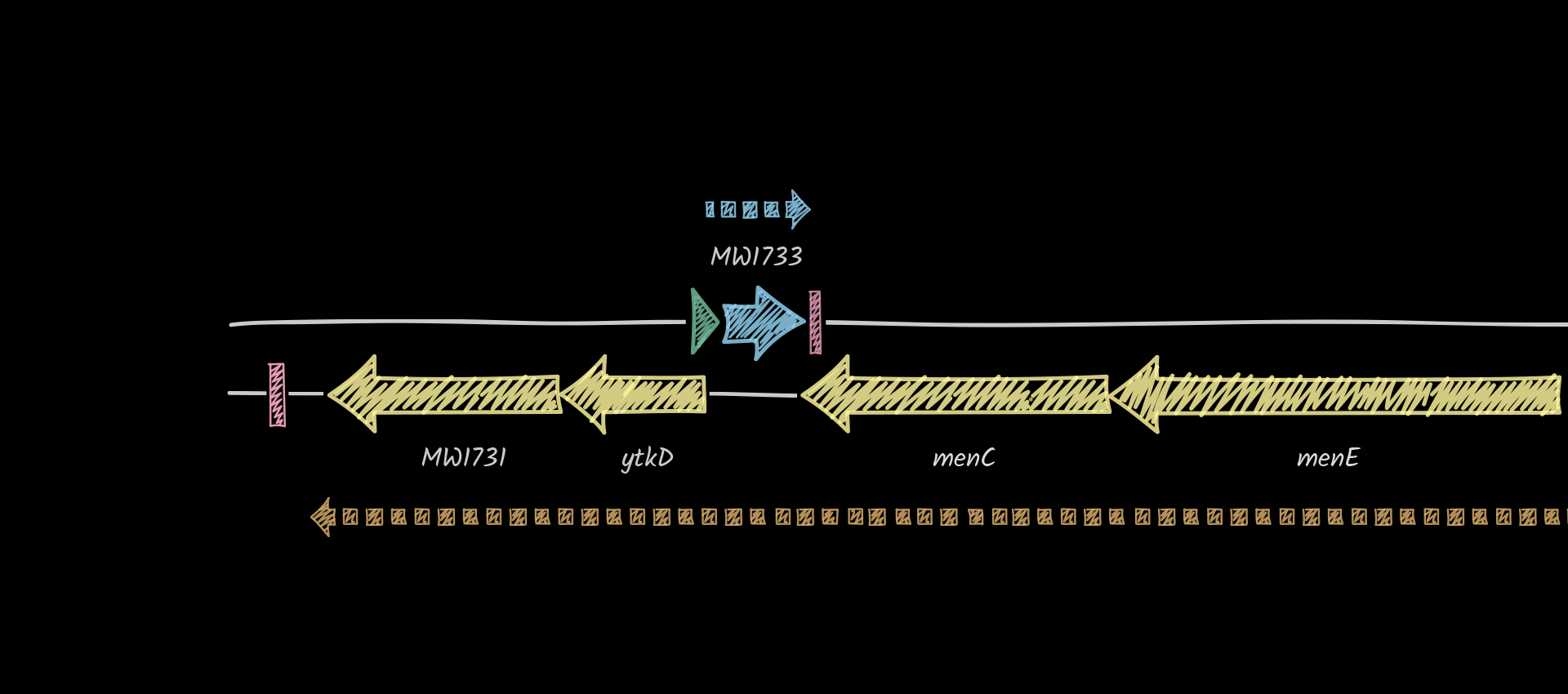
Sonia Sáenz Lahoya defends her doctoral dissertation on Thursday, December 17
Sonia Sáenz Lahoya, a predoctoral researcher at Navarrabiomed’s Microbial Pathogenesis Unit - IdiSNA, will defend her doctoral dissertation for the Universidad Pública de Navarra (UPNA) via videoconference at 10:30 a.m. on Thursday, December 17, in the center’s assembly hall. Only people with prior authorization are permitted to attend in person.
The dissertation, “Noncontiguous operons: a new strategy to coordinate gene expression in bacteria,” was prepared at Navarrabiomed under the supervision of Iñigo Lasa Uzcudun, director of the center and principal investigator in the Microbial Pathogenesis Unit.
In bacteria, genes that code for proteins involved in the same biological process are often grouped into operons, which are coordinately regulated transcription units in bacteria. The genes of an operon are transcribed into a single polycistronic mRNA molecule, which codes for more than one protein under the control of the same promoter. This organization provides an efficient mechanism for coordinating the expression of functionally related genes and is the basis for gene regulation in bacteria.
This dissertation demonstrates the existence of a higher level of organization in the structure of the operon, known as a noncontiguous operon. It consists of an operon that contains a gene or genes that are transcribed in the opposite direction to the rest of the operon. This new transcription architecture is exemplified by the menE-menC-MW1733-ytkD-MW1731 genes, which are involved in the synthesis of menaquinone (an antihemorrhagic vitamin) in Staphylococcus aureus.
The results indicate that the menE-menC-ytkD-MW1731 genes are transcribed as a transcription unit, while the MW1733 gene, located between menC and ytkD, is transcribed in the opposite direction. This genetic organization generates overlapping transcripts whose expression is regulated through ribonuclease III-mediated processing and a transcriptional interference mechanism.
In light of these results, the classical view of the structure of operons must be revised to take account of this new operon arrangement in which cotranscription and overlapping transcription combine to coordinate functionally related gene expression.
The conclusions of the project have been published in the journal PNAS (Proceedings of the National Academy of Sciences of the United States of America).
To carry out this research, Sonia Sáenz received a Research Personnel Training grant from the Ministry of Science.
